Such Sights, Still
Arrow's new HELLRAISER: QUARTET OF TORMENT box lets Norm dive into the depths of Clive Barker's visionary nightmare ... and its less successful sequels.
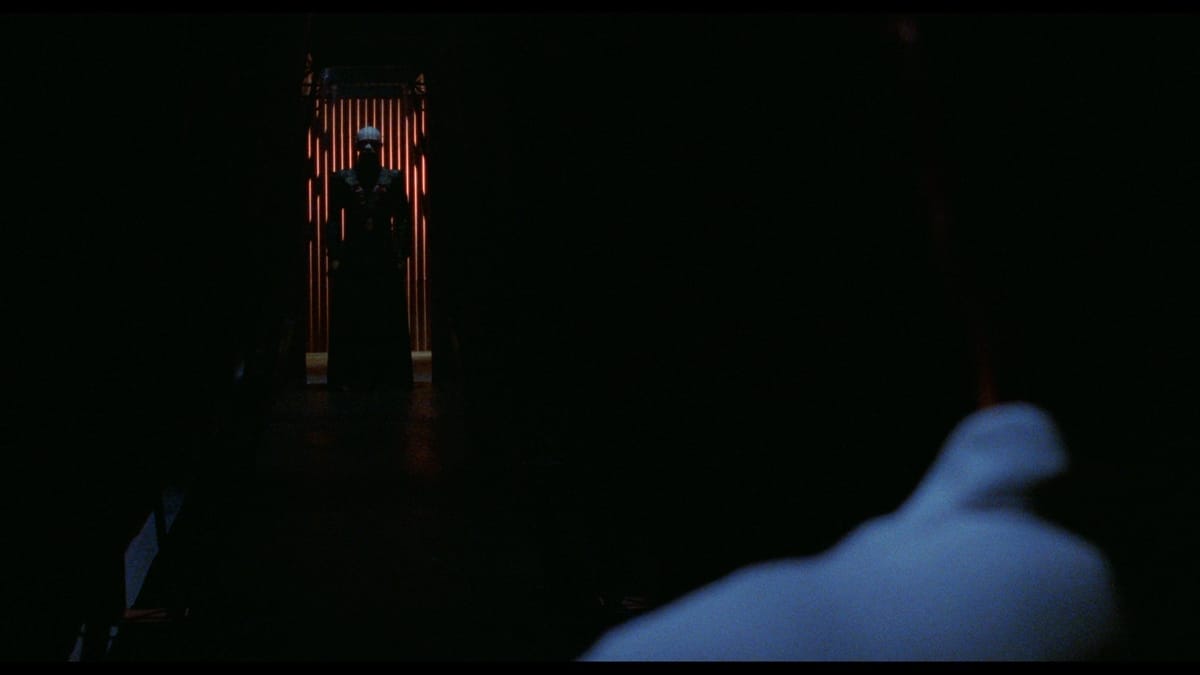
It is a truth universally acknowledged that a single distributor, in possession of the rights to the Hellraiser movies, must release multiple versions of the Hellraiser movies.
No, seriously. Every label that gets hold of Hellraiser releases more Hellraiser. Clive Barker’s fetish-adjacent horror franchise keeps getting repackaged and reissued, and for good reason: It gets its hooks into people.
Which brings us to Arrow Video’s elaborate new Hellraiser: Quartet of Torment boxed sets, which landed on shelves last week in separate 4K and Blu-ray editions. Replacing Arrow’s out-of-print Scarlet Box set, the Quartets roll out new 4K restorations of all three of films in that set … and throw in the fourth, the contentious Hellraiser: Bloodline, newly available in Arrow’s licensing deal with Paramount.

However you feel about the franchise as a whole, there’s something pure and primal about Barker’s original that continues to fascinate almost 40 years after it first graced our screens. I was there the first time around, and twice watched Hellraiser bludgeon audiences into respectful silence, and then awe. The first notes of Christopher Young’s mournful score tell you this is a film to be taken seriously, and at no point does Barker even nod in the direction of comic relief. This is a proper Gothic tragedy, a morbid tale of a family undone by secrets and desire long before the monsters ever show up.
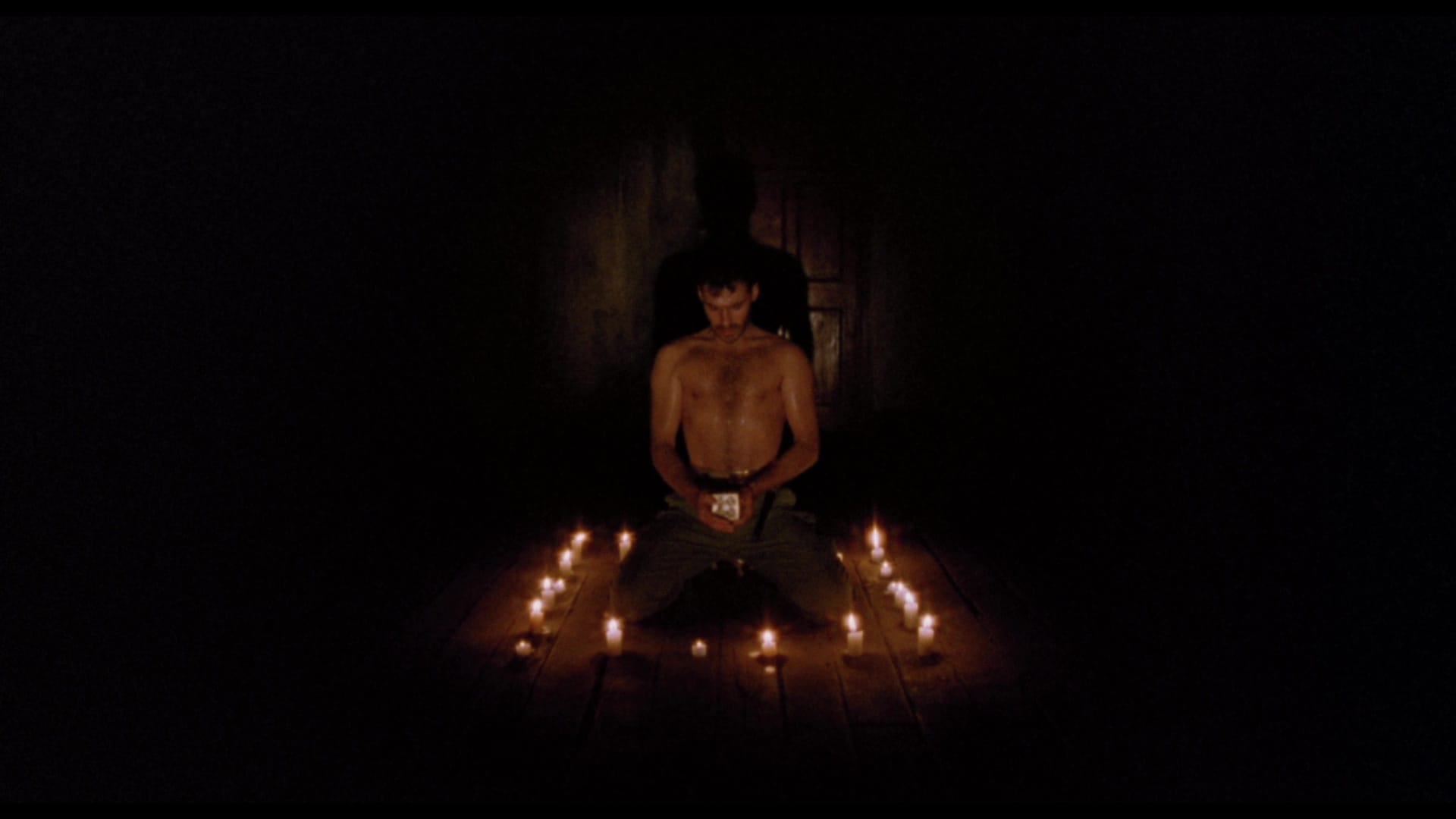
Hellraiser landed like a mortar shell in the fall of 1987, its baroque makeup designs glimpsed in trailers and TV spots and showcased on Fangoria covers, the unknowable, implacable Cenobites at the center of every preview. And of course they were: We’d never seen anything like them. “Demons to some, angels to others,” summoned to inflict unimaginable torture on their victims because it feels so good when they stop, the Cenobites exist in stark contrast to the mundane lives of the Cotton family, whose small house outside London is the film’s primary location.
Desperate to bring his vision to the screen himself after the disappointments of Underworld and Rawhead Rex, Barker expanded his novella “The Hellbound Heart” into a feature script, focusing on gregarious American Larry (Andrew Robinson), his chilly English wife Julia (Clare Higgins) and Larry’s teenage daughter Kirsty (Ashley Laurence) moving into a house previously owned by Larry’s vanished brother Frank (Sean Chapman).
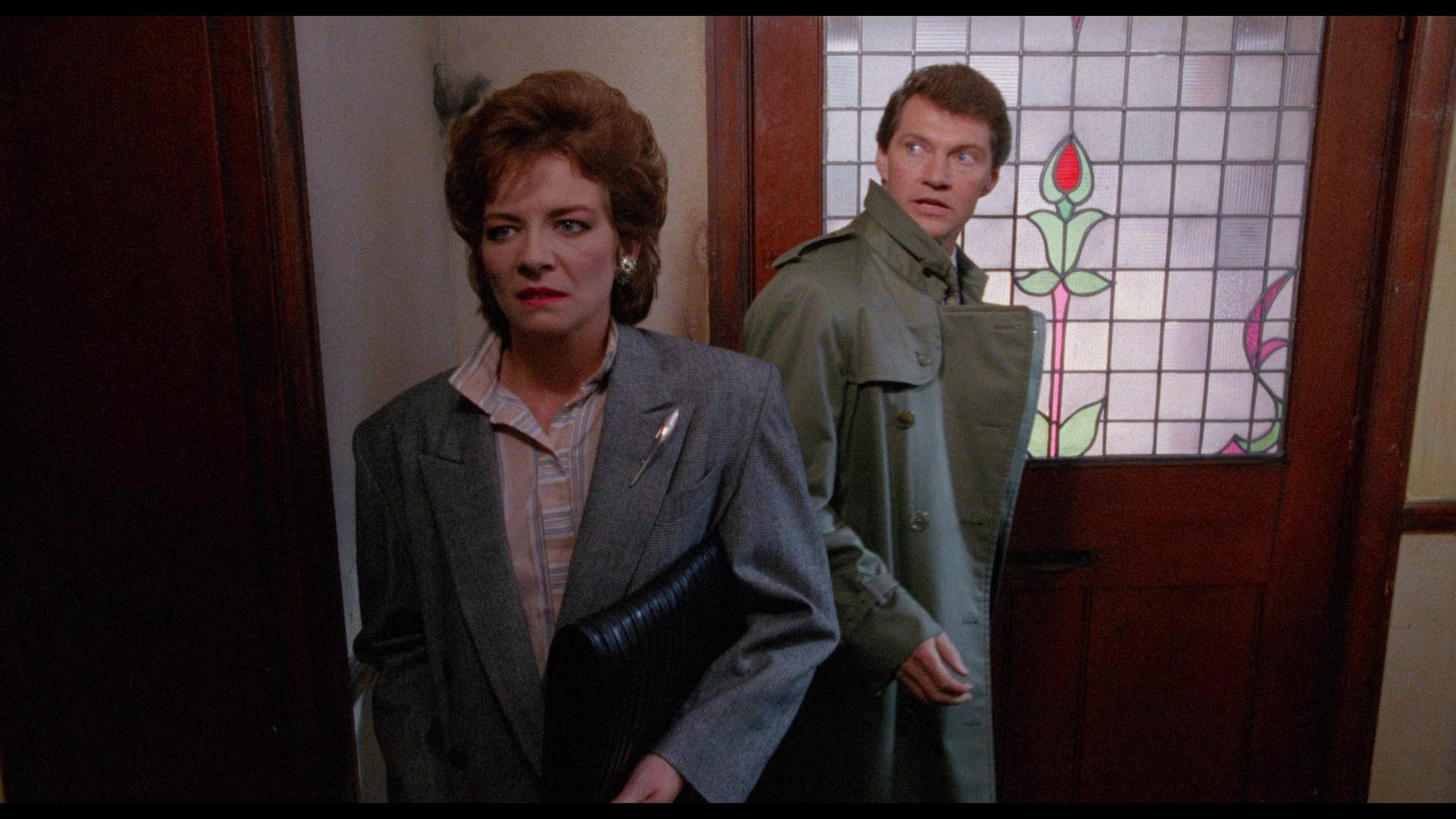
What they don’t know – but we do – is that Frank has been taken to a hell dimension by the aforementioned Cenobites, whom he summoned by unlocking the evil puzzle box known as the Lament Configuration – and when Larry cuts his hand on a nail, his blood draws Frank back into the attic, a revenant who immediately renews his affair with Julia so she can lure men back to the house on whom he can feed. And it would have worked, if not for Kirsty stumbling across that infernal puzzle box and summoning the Cenobites herself.
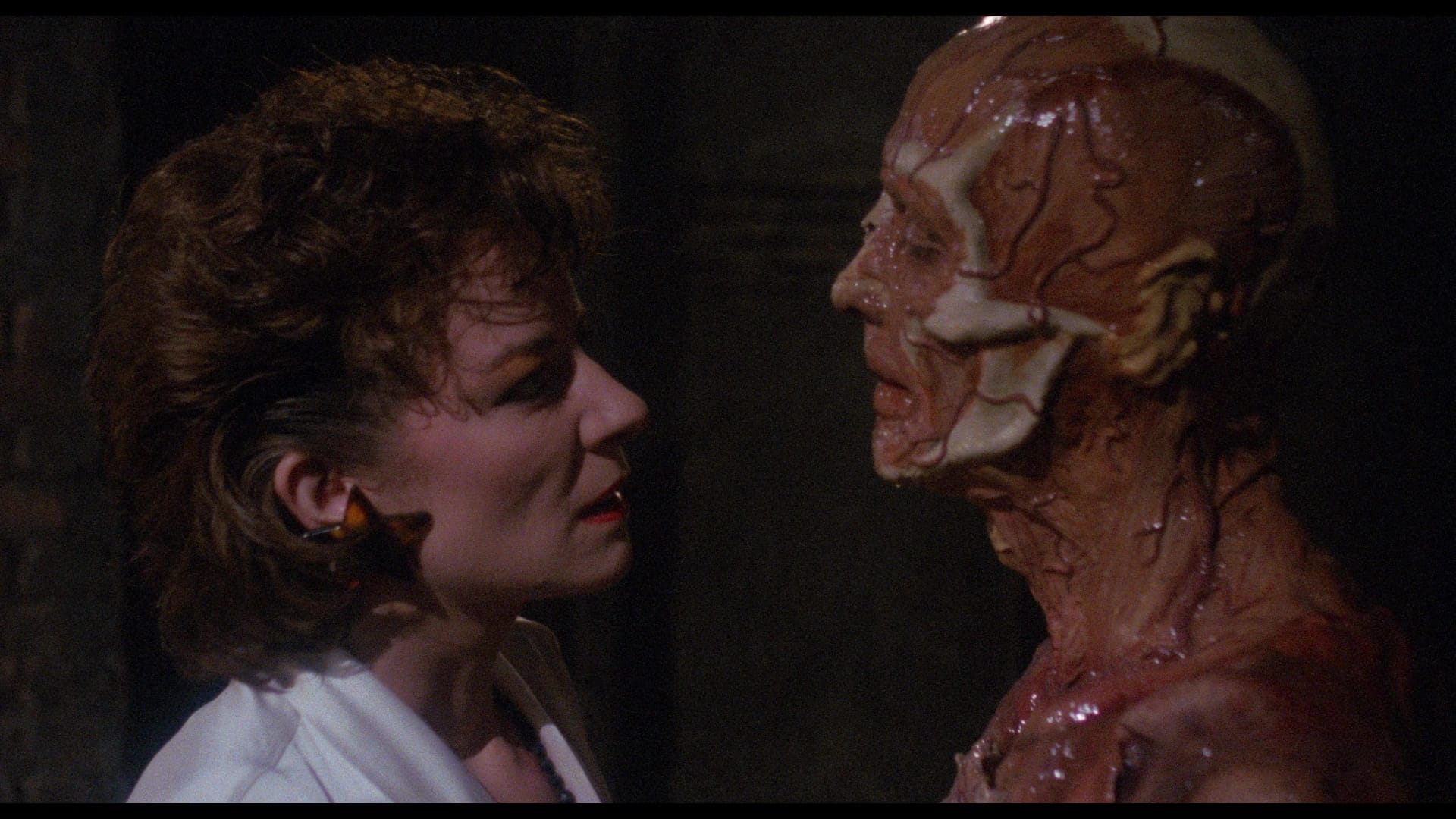
That’s the first half of Hellraiser: A Mike Leigh domestic drama – though one made slightly uncanny by the dubbing of American accents onto the very English supporting cast – invaded by extradimensional ghouls. The second half is Barker pushing his characters deeper and deeper into the world he’s created, letting the Cenobites’ realm bleed into the Cotton household until the two are almost indistinguishable. The rules are incomprehensible, but everything that happens makes perfect sense because Barker’s script constructs clear lines of motivation and desire for every character … except for poor, well-intentioned Larry, who’s a clueless dupe from the moment we meet him and never understands how he’s being played.
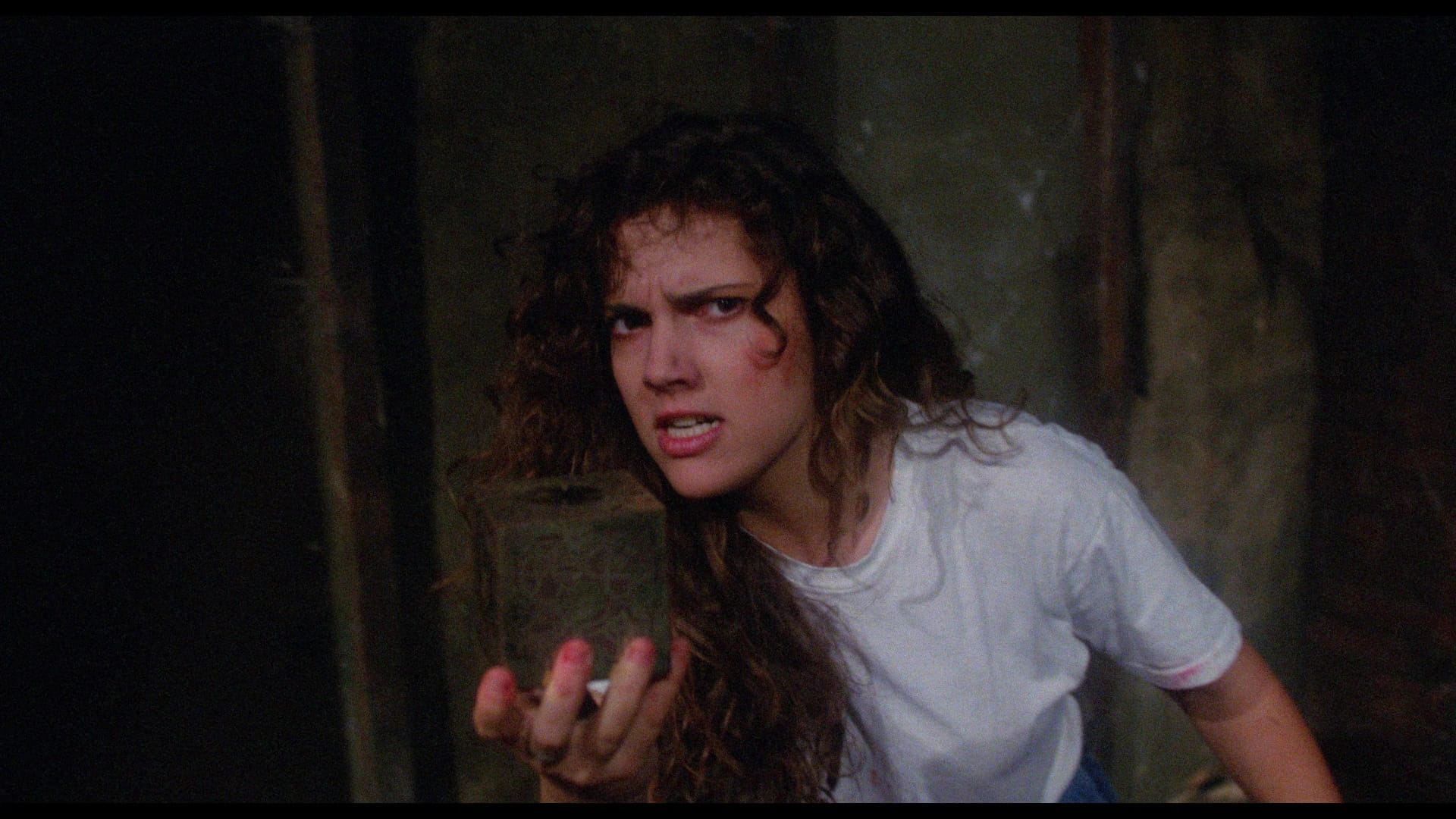
Kirsty’s rage doesn’t come from her own plight, but from her need to save her father by returning Frank to his captors; she’s a genuinely selfless hero, and that’s the movie’s emotional anchor. Naturally, none of the sequels ever develops that idea further – that the Cenobites might respect a truly exceptional human – settling instead for stories about some debauched jerk trying to harness the Cenobites’ power for their own purposes, or a broken soul stumbling onto the box and getting tortured.
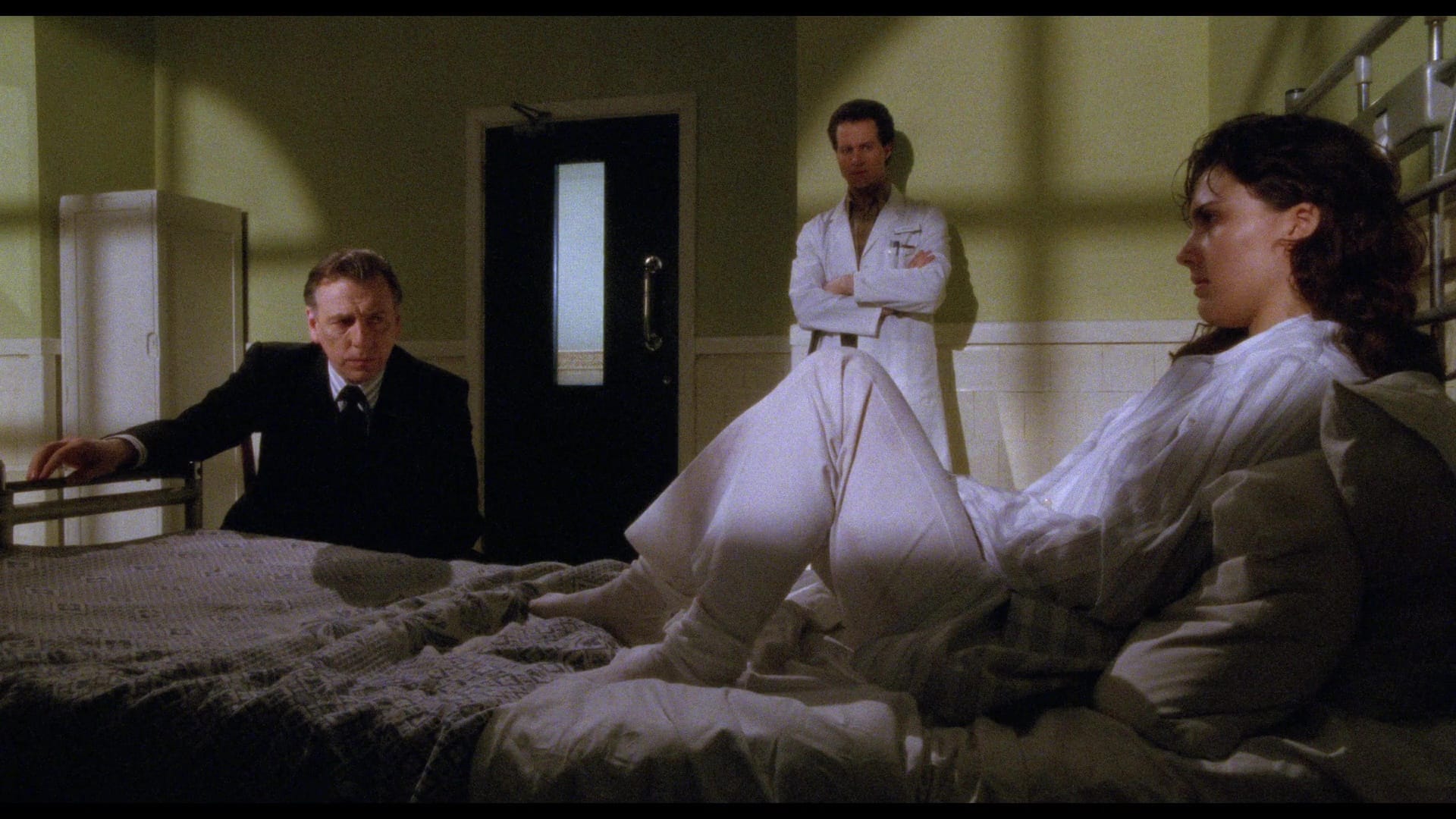
Hellbound: Hellraiser II, which New World Pictures commissioned as soon as they realized Hellraiser was becoming a thing, takes the first path, with Kirsty – having survived the events of the first film – institutionalized under the care of Kenneth Cranham’s wicked Dr. Channard, who of course knows all about the Cenobites and has been waiting to get his hands on the Lament Configuration. In short order he’s resurrected the murdered Julia and assumed her role in the “feed people to the skinless monster” cycle, while Kirsty enlists the help of another patient, puzzle fiend Tiffany (Imogen Boorman) in an attempt to help her father escape hell.
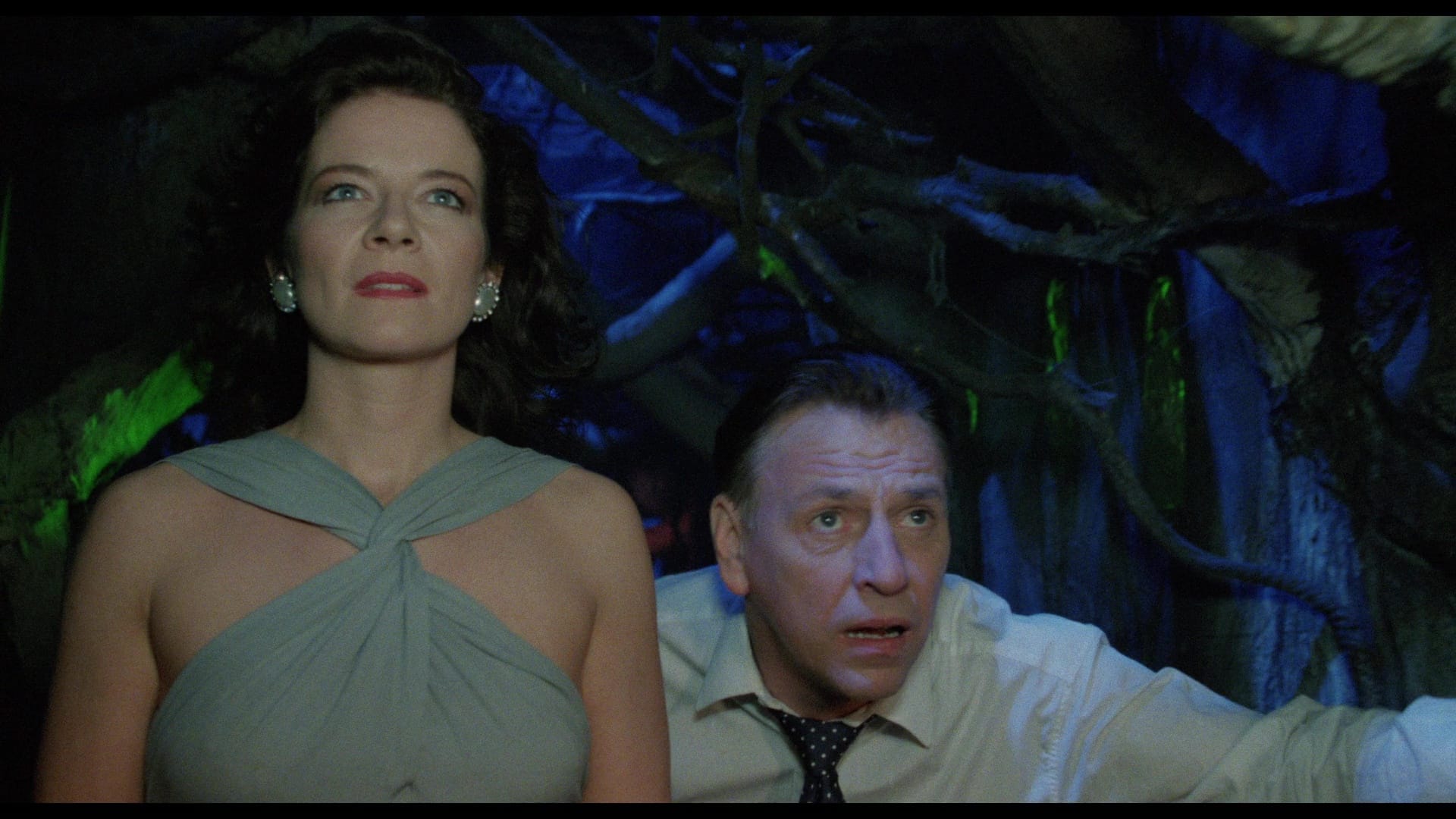
Nothing works as anyone hopes, except that Channard gets to become a Cenobite himself and yank everyone into hell, at which point the sequel takes us to the mind-bending labyrinth of the Cenobite domain, which is … honestly, pretty unimpressive.
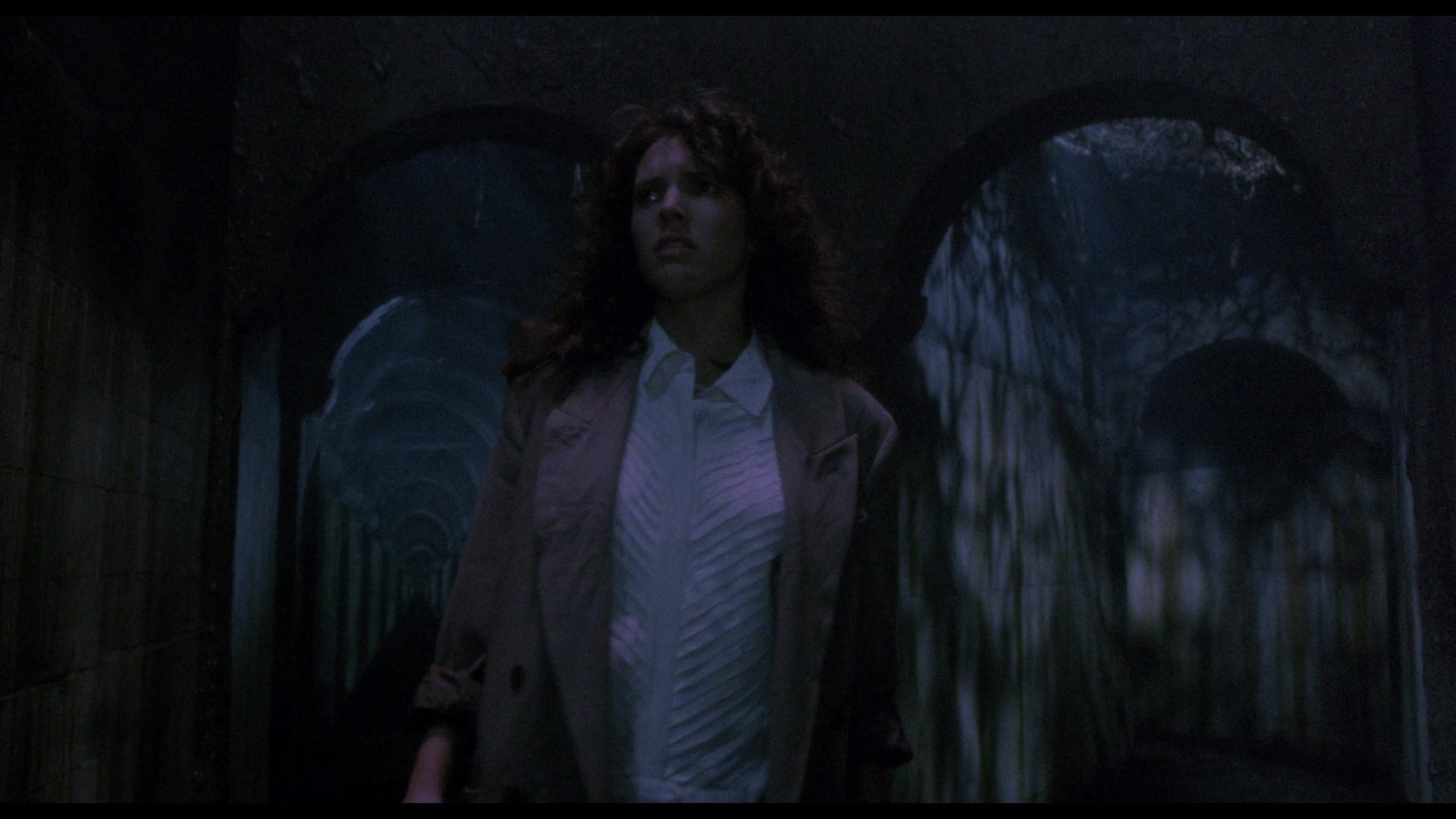
It’s not entirely the fault of Peter Atkins and Tony Randel, who were tasked with writing and directing the follow-up from Barker’s outline; mostly, in Hellraiser Barker could only tease a world of unclean temptations and unimaginable vistas he couldn’t afford to realize. Hell Itself turns out to be a big blue-gray maze in Hellbound, which allows for some fun jump scares but otherwise gets pretty monotonous. At least the bad guys get theirs in the end.
Annoying personal digression: I saw Hellbound: Hellraiser II at TIFF’s inaugural Midnight Madness screening in 1988, at what was then the Bloor Cinema, and the audience whooped and cheered way too much when Doug Bradley’s English soldier was brutally transformed into the Cenobite now known as Pinhead in the prologue. I made a note: “Clive Barker would hate this crowd.” I think about that a lot these days, given what the franchise became.
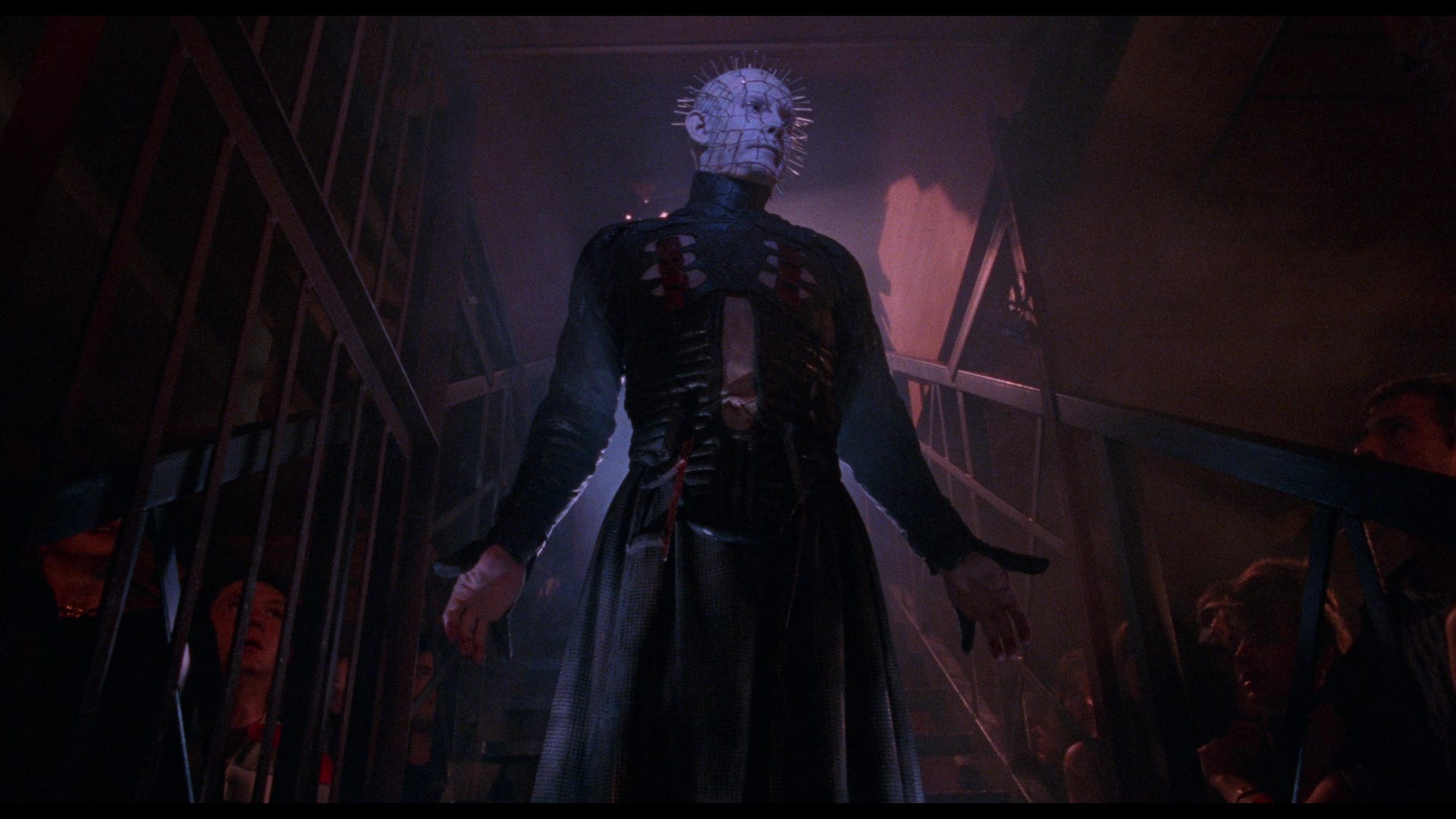
We looked at A Nightmare on Elm Street last week, and how instructive it was to experience Wes Craven’s original conception of “Fred” Krueger before the sequels turned him into an undead insult comic. The fascinating thing about the Hellraiser sequels is the way they decide Pinhead is basically a game-show host. Specifically, he’s Alex Trebek and the question is always “What is endless torture?” Trust me, you don’t want to think about the Daily Double.
Of course audiences like the monsters more than the victims; that’s always been the appeal of horror cinema. But the Hellraiser cycle is especially nihilistic, its every hero destined to be tainted at best and corrupted at worst by their contact with the Cenobites. And in the first four films, you can see the films struggle with that self-imposed limitation.
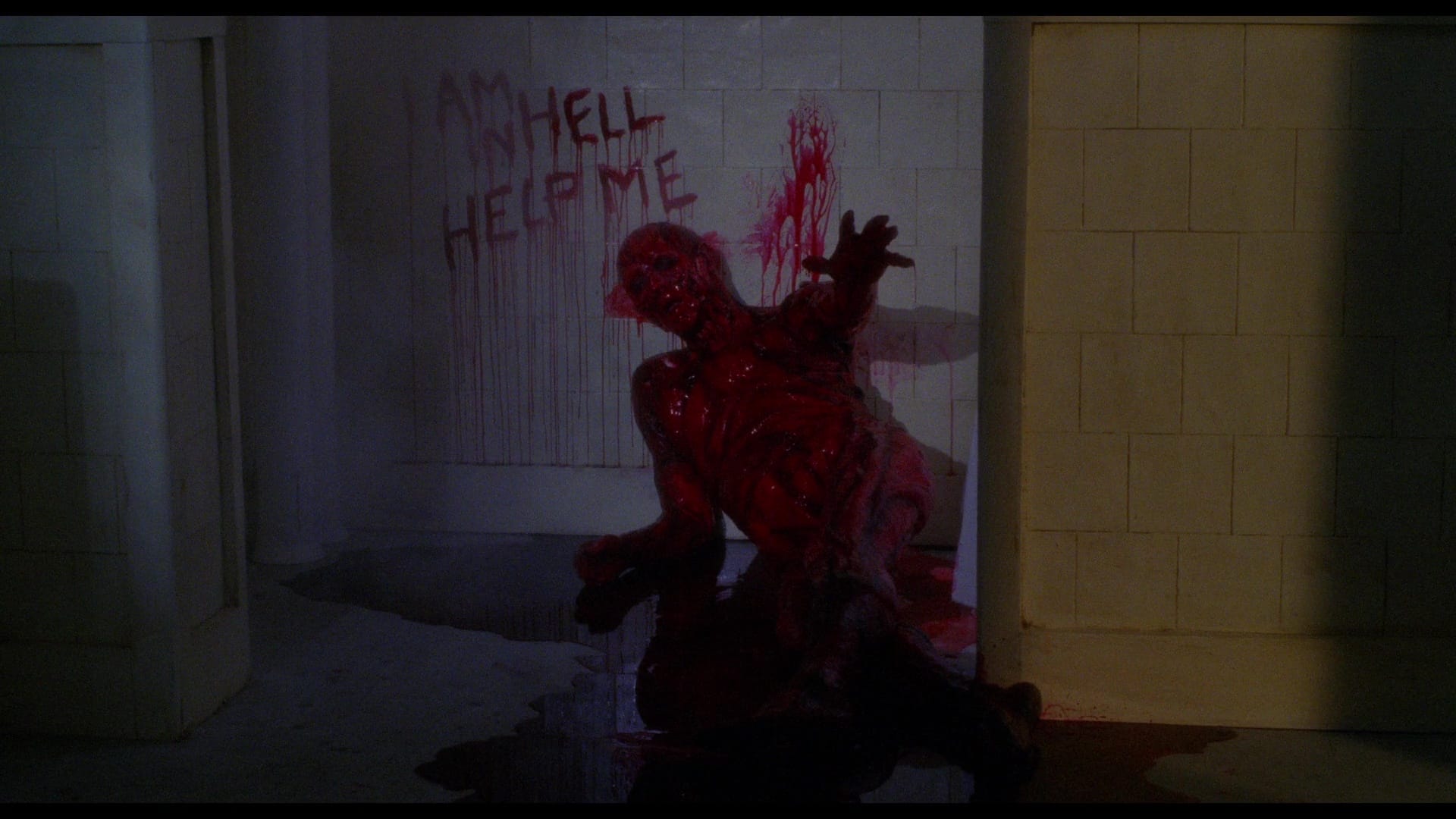
Hellraiser and Hellbound tell the story of the Cotton family’s destruction, with the Cenobites only turning up to nudge certain characters down the path to damnation. Pinhead ends up entombed in a pillar for his troubles, and as Hellraiser III: Hell on Earth opens, that pillar is being sold to a New York art gallery, because Miramax Films got hold of the property and wanted to reposition it as an endless series to rival the Friday the 13th movies.
You can almost see the appeal. America is nothing if not full of people looking for a shortcut to power, and if one sees Pinhead as a demon tempting suckers to their doom – as Hell on Earth certainly does – then why wouldn’t you have him endlessly manifesting in new locations to torture suckers and build new Cenobite sidekicks?
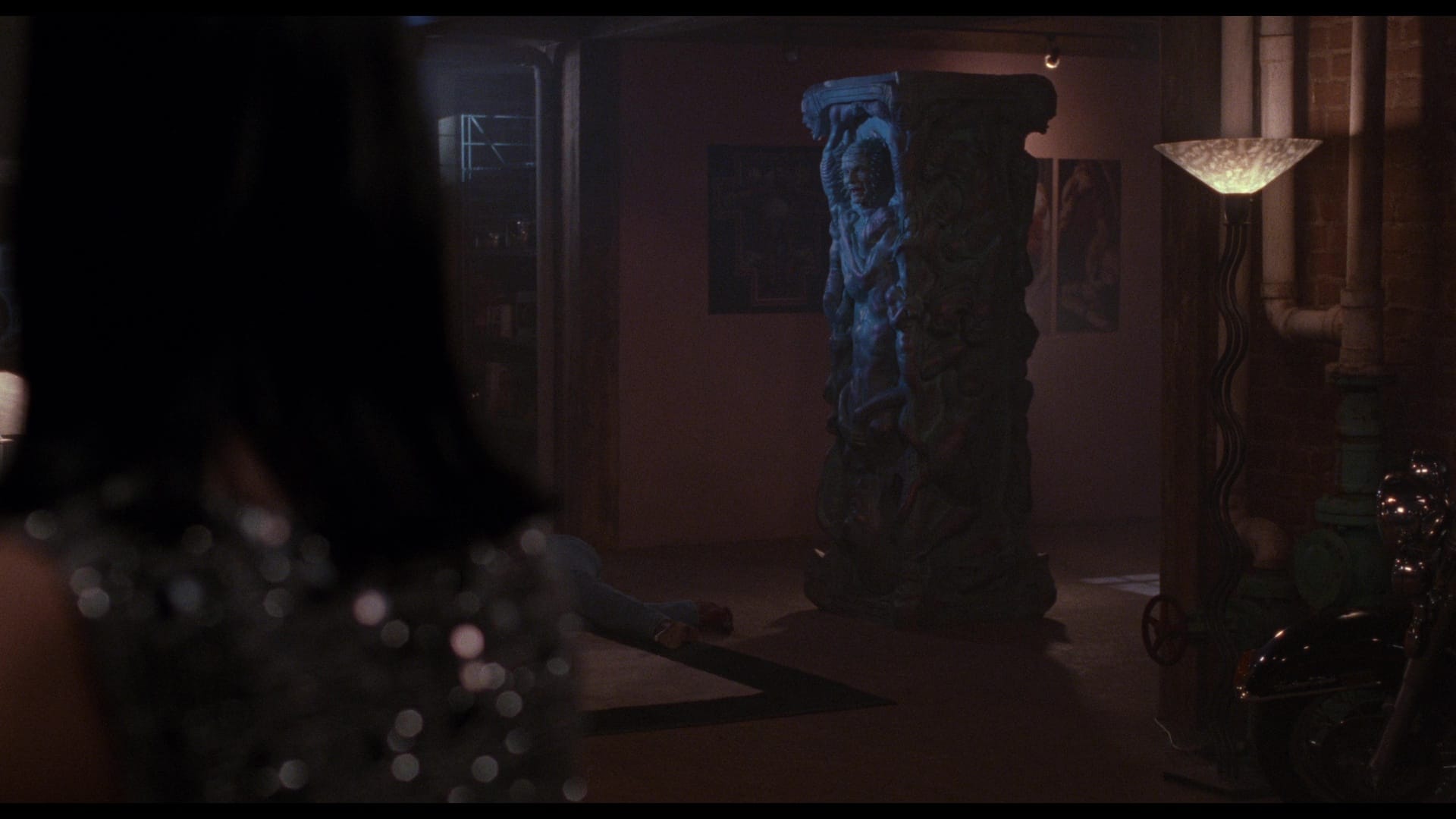
In Hell on Earth, written and directed by Anthony Hickox in a more serious mode than the cheeky Waxwork or Sundown: The Vampire in Retreat, Pinhead’s ticket out of his stony prison comes in the form of proto-douchebro club owner (Kevin Bernhardt); eventually, a young TV news reporter (Terry Farrell) finds herself in possession of the puzzle box, and the only person who can stop the Cenobites from taking Manhattan.
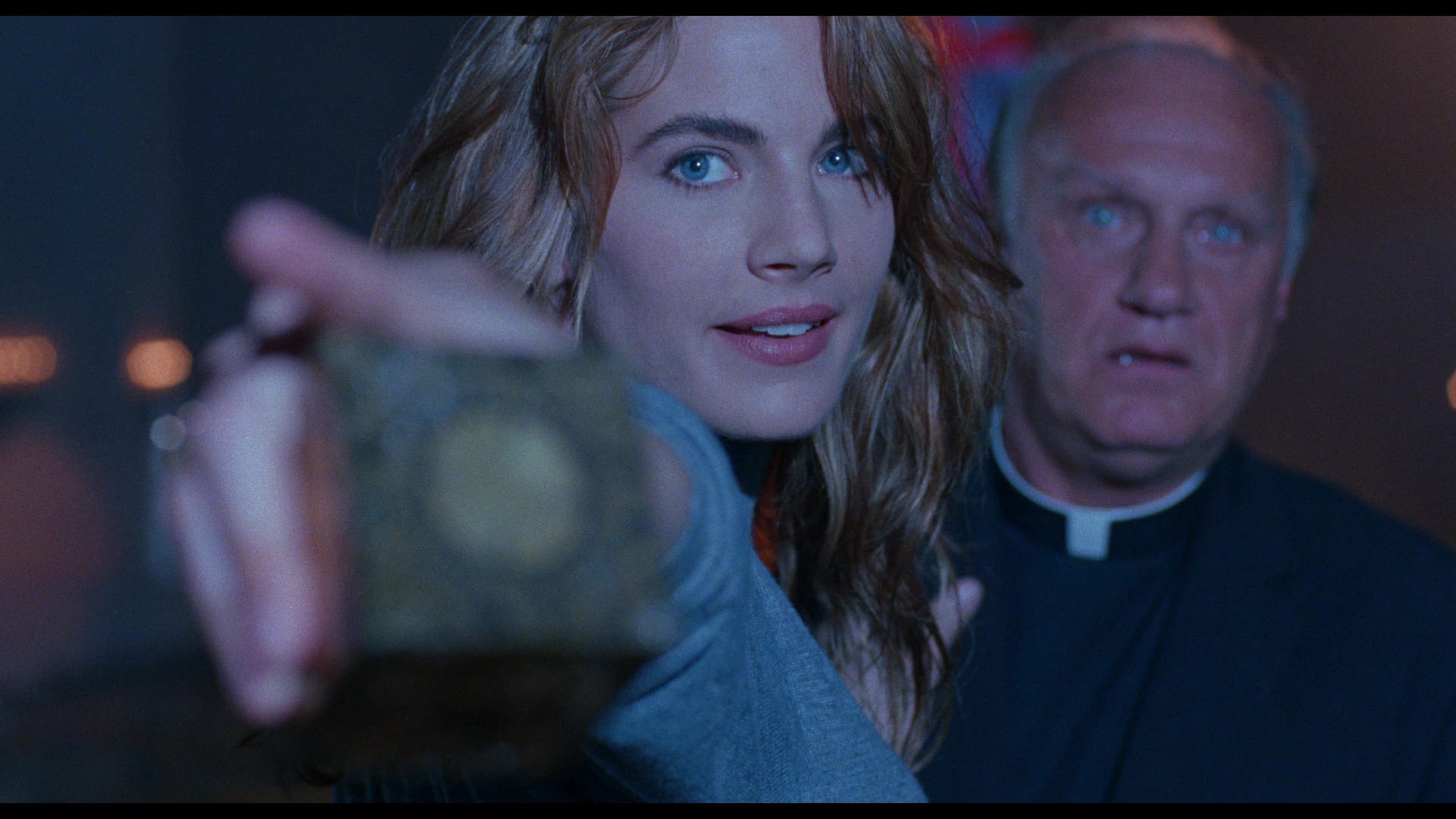
The Weinsteins weren’t happy with the film Hickox delivered, bringing Barker in for reshoots and a new ending, and you can feel the push-and-pull between the two distinct visions. As much of a genre artist as he is, Hickox isn’t profane enough for a Hellraiser movie, taking the safer version of any idea that comes along; a number of big effects also suffer from the rudimentary CGI of the time, making them look cheap and silly now. You can spot Barker’s material because, well, he can’t help himself:
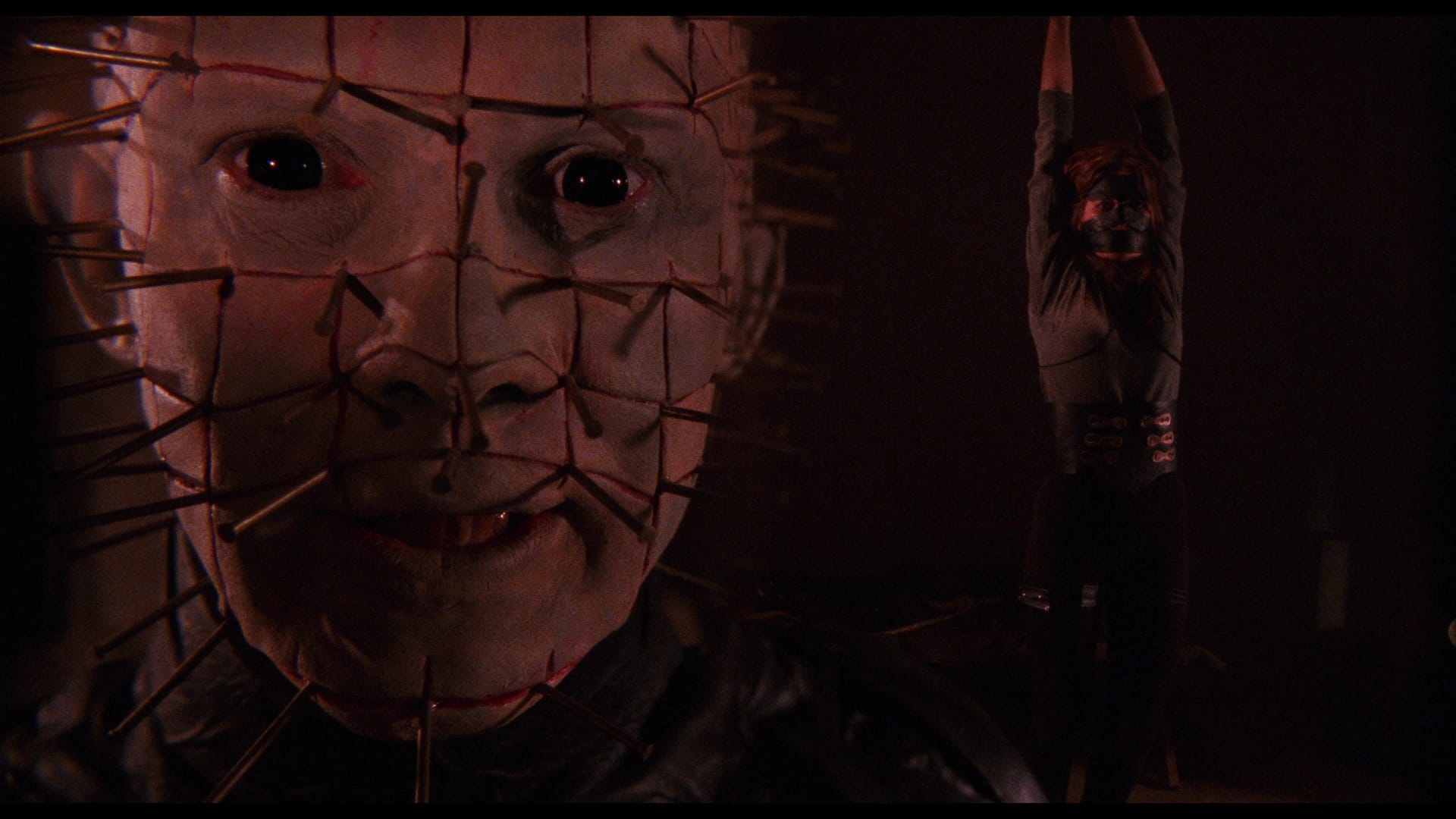
At any rate, Hell on Earth gave audiences what they wanted from a Hellraiser sequel, and Miramax commissioned another chapter from Hellbound screenwriter Atkins – this time, a more mythology-oriented narrative tracing man’s obsession with the Lament Configuration over four centuries. That’s Hellraiser: Bloodline, and it’s terrible.
Like Ridley Scott’s Prometheus, Bloodline exists to answer the key mythological question that no one actually cares about: Who made the puzzle box at the center of the franchise? Turns out it was a toymaker in 18th century France, Philippe Lemarchand (Canadian actor Bruce Ramsay), who was tricked into building his demon-summoner by the debauched Duc de L’Isle (Mickey Cottrell) and his sniveling aide Jacques (Adam Scott), who used it to trap a Cenobite in the body of a young woman (Valentina Vargas) for, you know, sex stuff. They name her Angelique, because perversity.
Lemarchand is soon dispatched by the schemers, but his descendants will be forever tainted by evil: In 1996, architect John Merchant (also Ramsay) is tempted by the ageless Angelique, who seeks the box in the foundation of a building he designed; in 2127, space engineer Paul Merchant (Ramsay again!) is interrogated by space marine Rimmer (Christine Harnos) about his apparent attempt to take over the space station he designed. Critters, Leprechaun and now Hellraiser; the fourth ones always end up in space.
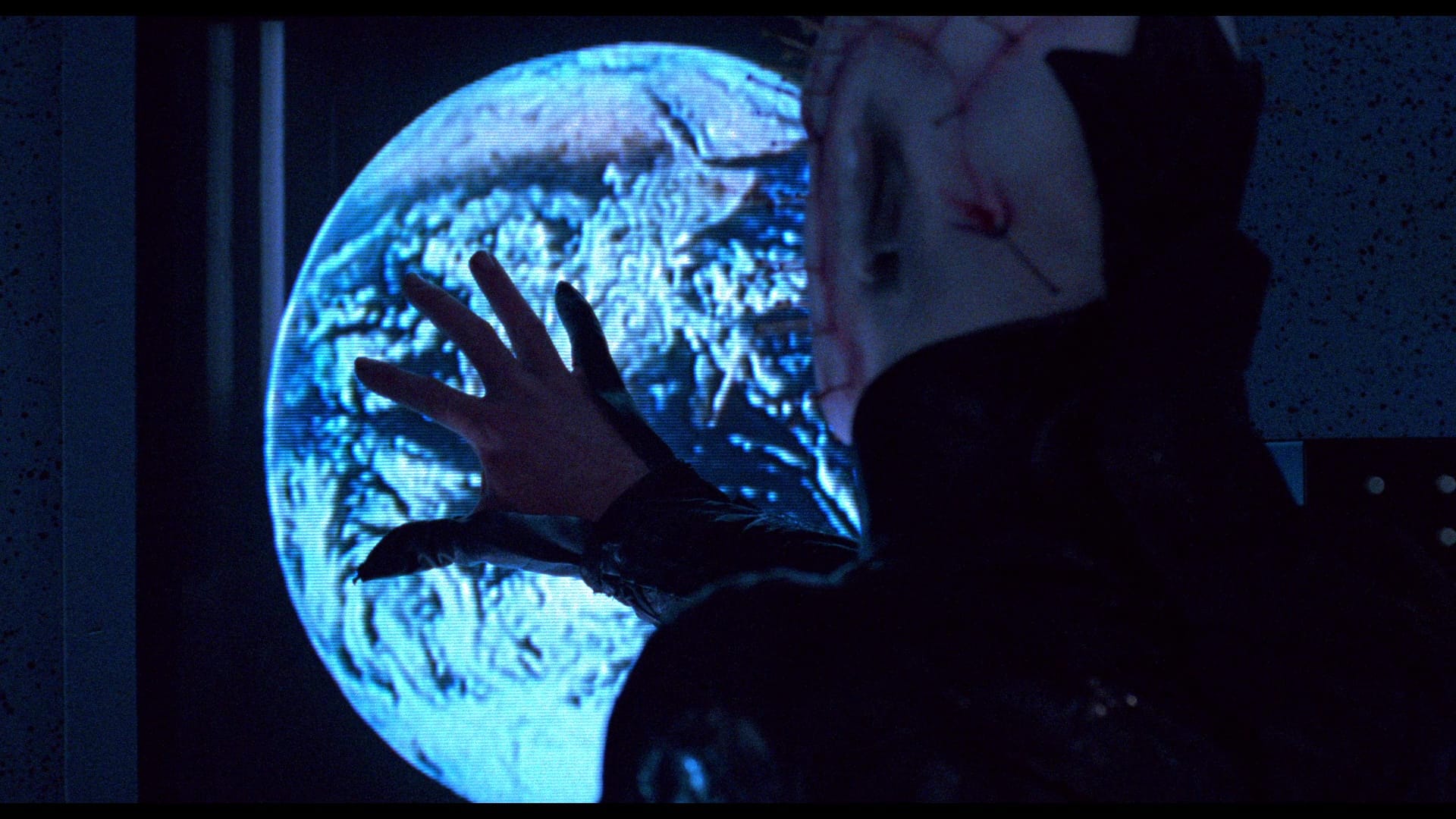
If Hell on Earth was jumbled, Bloodline is even messier; its original director, makeup effects wizard Kevin Yagher, left when the Weinsteins demanded reshoots. Joe Chappelle, who’d made Halloween: The Curse of Michael Myers for Dimension – the one with Paul Rudd that no one ever talks about – was brought in to complete the picture, which was ultimately credited to everyone’s favorite pseudonym, Alan Smithee.
Fun fact: Bloodline is actually worse than most of the films attributed to Smithee, a cheap-looking, indifferently lit and supremely silly trilogy of underwhelming vignettes that are no more interesting for being reorganized from the original linear structure. The theatrical version opens in 2127 so Merchant can tell the story of his family line in an interrogation sequence, providing a flashback device that illuminates nothing at all.
I don’t think this script could ever have worked – Arrow’s disc includes a workprint version assembled after Yagher had left the project that’s just dopey – but having the cheesy future give way to an even cheesier past is simply a terrible idea, knocking the film onto the back foot from the jump. Although no movie’s credibility can survive the sight of Adam Scott swanning around in 1996 as Jacques:
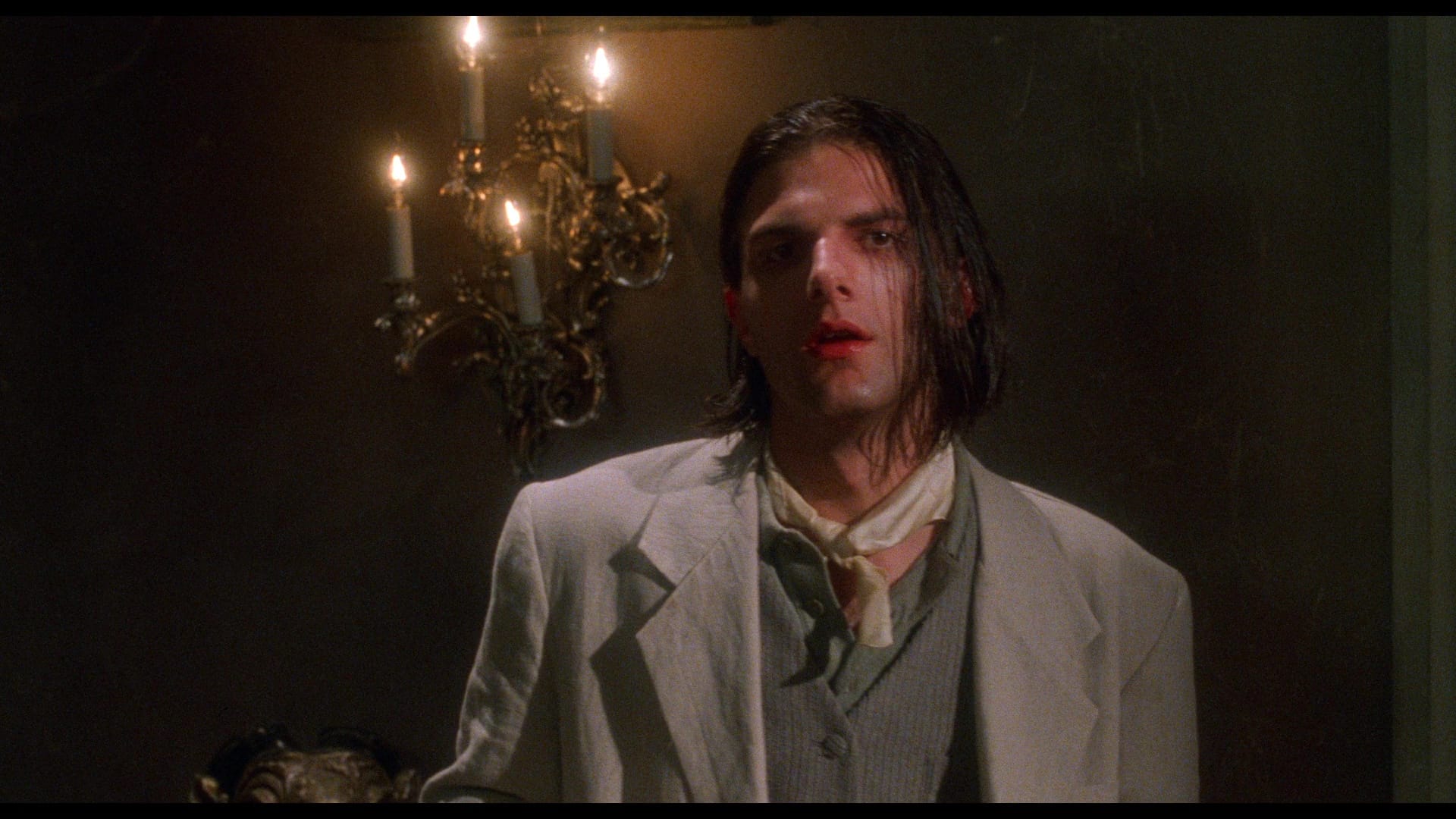
I mean, they must have known.
Bloodline was received so poorly that Miramax sent every subsequent Hellraiser movie to DVD, putting even less effort into each one. (The immediate followup, Scott Derrickson’s Hellraiser: Inferno, stars Nightbreed’s Craig Sheffer as a cop who runs afoul of Pinhead and his peeps; it wasn’t bad, but it’s more of a Jacob’s Ladder maelstrom-of-madness situation than a proper Hellraiser story.)
And look at that. For all my concerns about whether there was anything left to say about the franchise, it turns out there was quite a bit. Arrow’s boxed set – first released in the UK earlier this spring – offers hours of new content, starting with new commentaries for all four films from genre historian Stephen Jones – who was the unit publicist on the original – and critic Kim Newman. Each film is accompanied by new visual essays and appreciations from a host of critics, writers and commentators covering a wide range of topics.
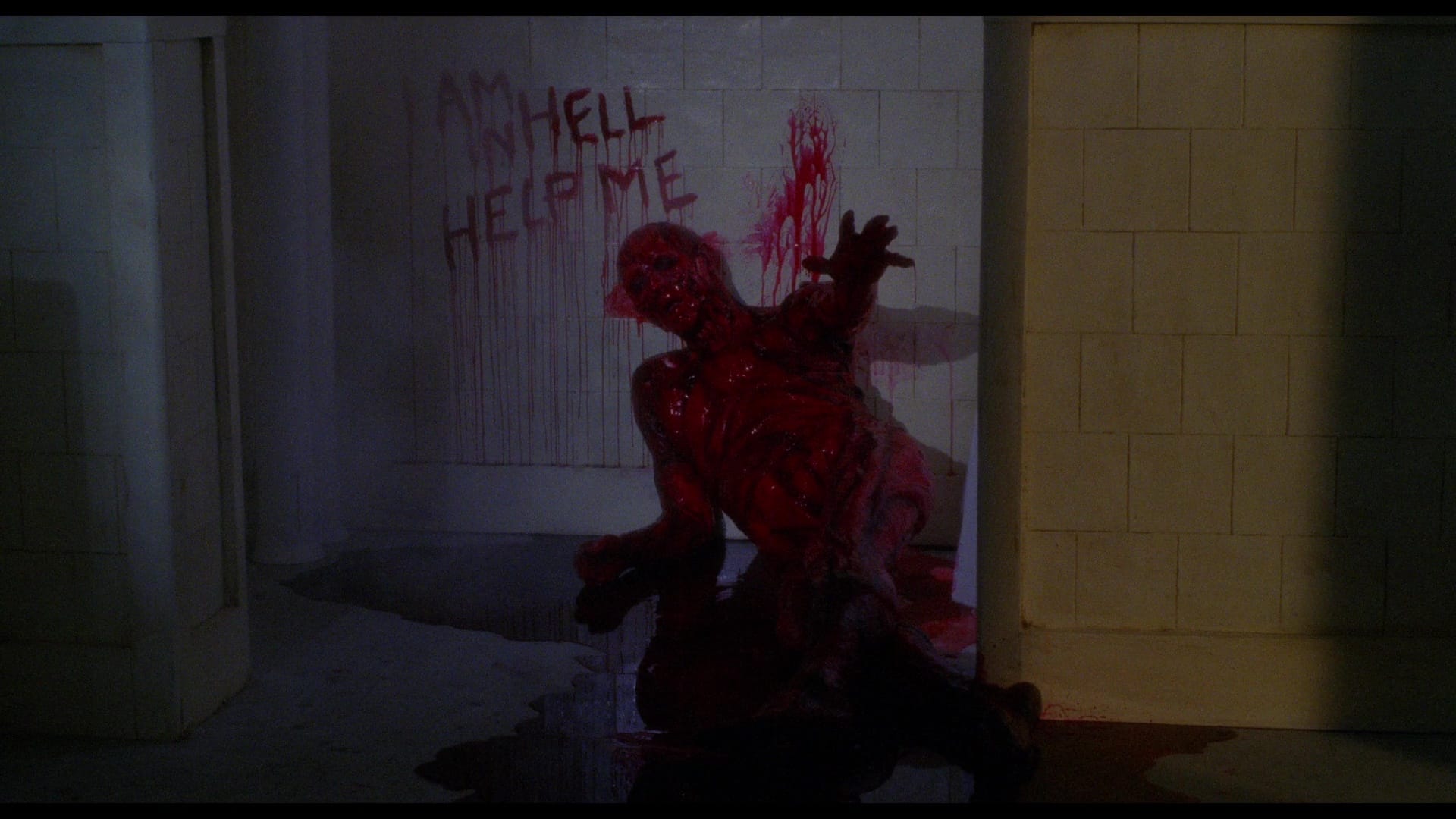
On the Hellbound disc, George Daniel Le and Kit Power contribute the feature-length documentary Hell Was What They Wanted!; on the Hellraiser platter, Paula D. Ashe and Eric LaRocca’s “The Pursuit of Possibilities” spends an hour enshrining Barker in the pantheon of queer artists, while Heather Buckley's “The Beauty of Suffering”, on Bloodline, explores the use of fetish and goth imagery that Barker baked into the series from the start.
My favorite is probably the half-hour “Flesh is a Trap”, also on Hellraiser, which finds author Guy Adams meditating on Barker’s visceral horror as a touchstone in his own life while getting a Barker sketch tattooed on his body; Adams also contributes an enlightened appreciation of Christopher Young’s scores to the Hellbound platter.
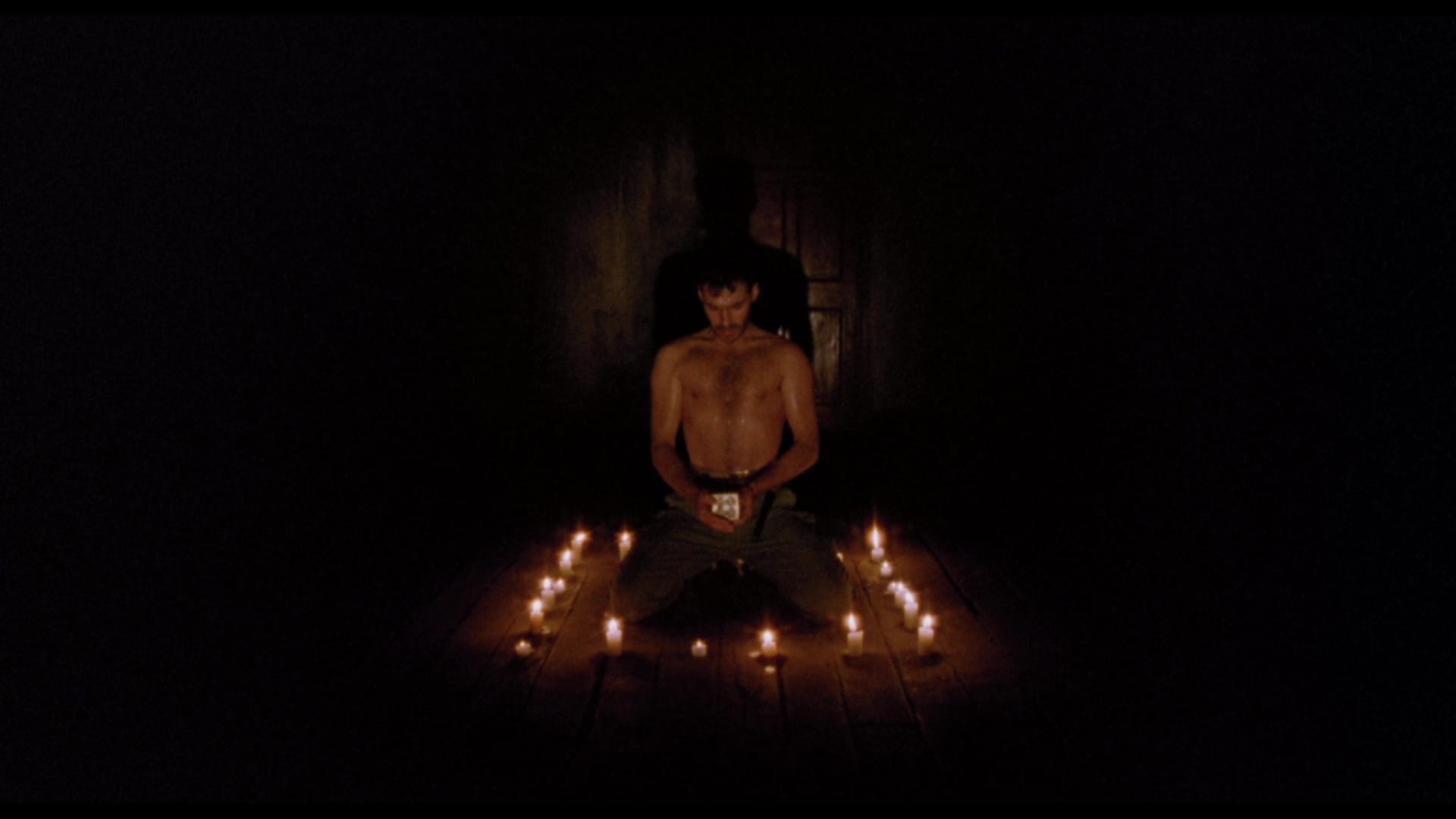
The set also carries over a slew of special features from decades of DVD and Blu-ray special editions: Two archival commentaries for each of the first three films, featurettes and EPKs galore, effects and marketing galleries, even script drafts. I mentioned the Bloodline workprint earlier, presented in full-frame 4:3 from a VHS source; Hell on Earth offers its own alternate unrated version, with low-resolution inserts reintegrated into the feature. And of course Hellraiser and Hellbound are presented in their original uncut versions, with all the rat-slicing, butt-thrusting and skin-flaying intact – and as you can see from the screen caps, they look absolutely terrific. Hell on Earth and Bloodline look as good as they ever will, I guess.
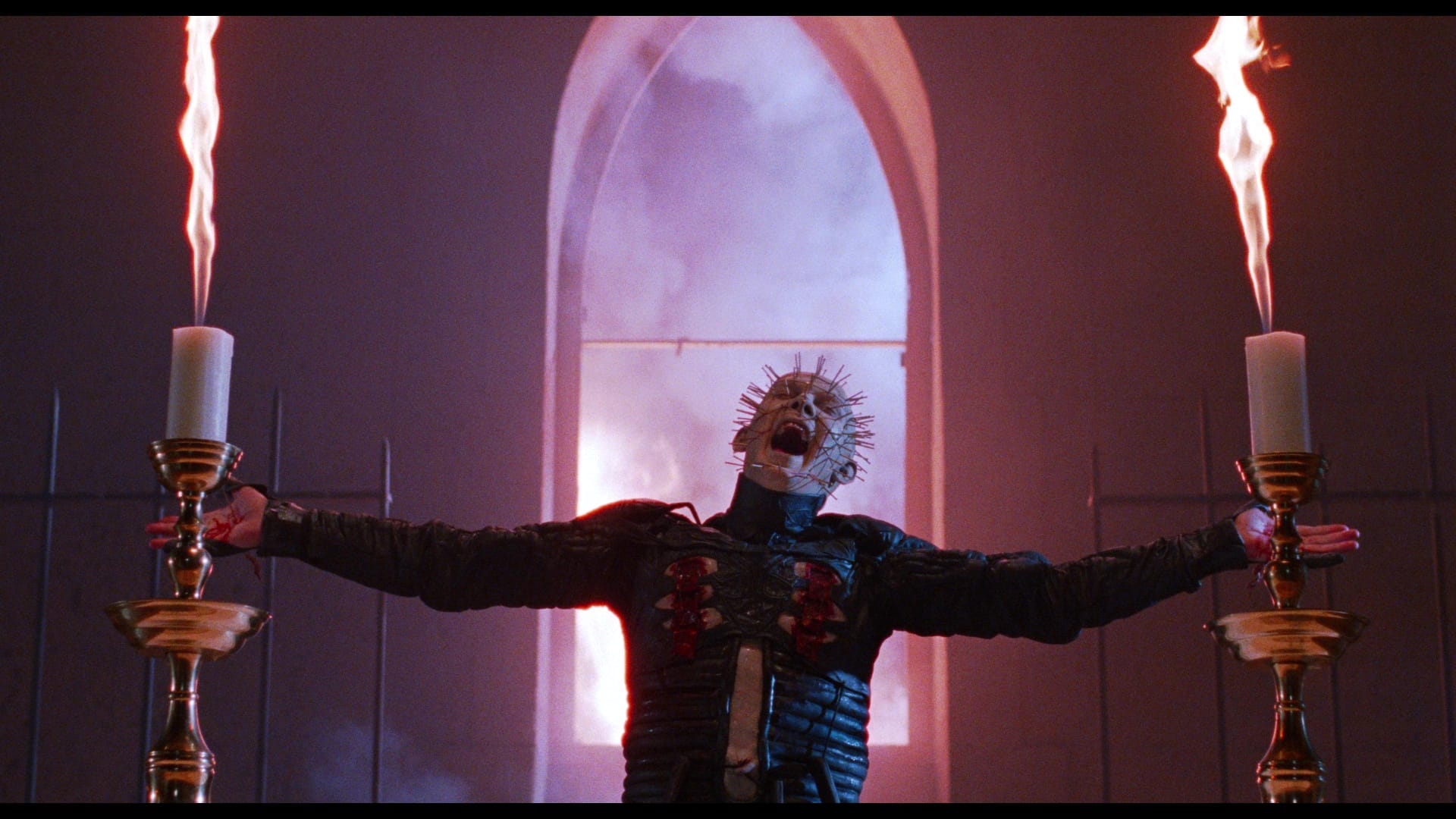
Thus, the Quartet set – which also includes a 200-page book, Ages of Desire, by the way – is easily the most thorough and comprehensive presentation of these movies I’ve ever seen. Arrow’s deal with Paramount seems pretty stable, so it’s likely this will be the last release of these films for a while. Is it worth the upgrade? The choice is yours. It always was.
Hellraiser: Quartet of Torment is available in separate 4K and Blu-ray editions from Arrow Video. In Canada, they’re part of the Arrow Shocktober sale at Unobstructed View, so get on that right away.
Up next: Arrow has one more wave of horror titles before Halloween arrives. No Cenobites, but plenty of the red stuff all the same.
